
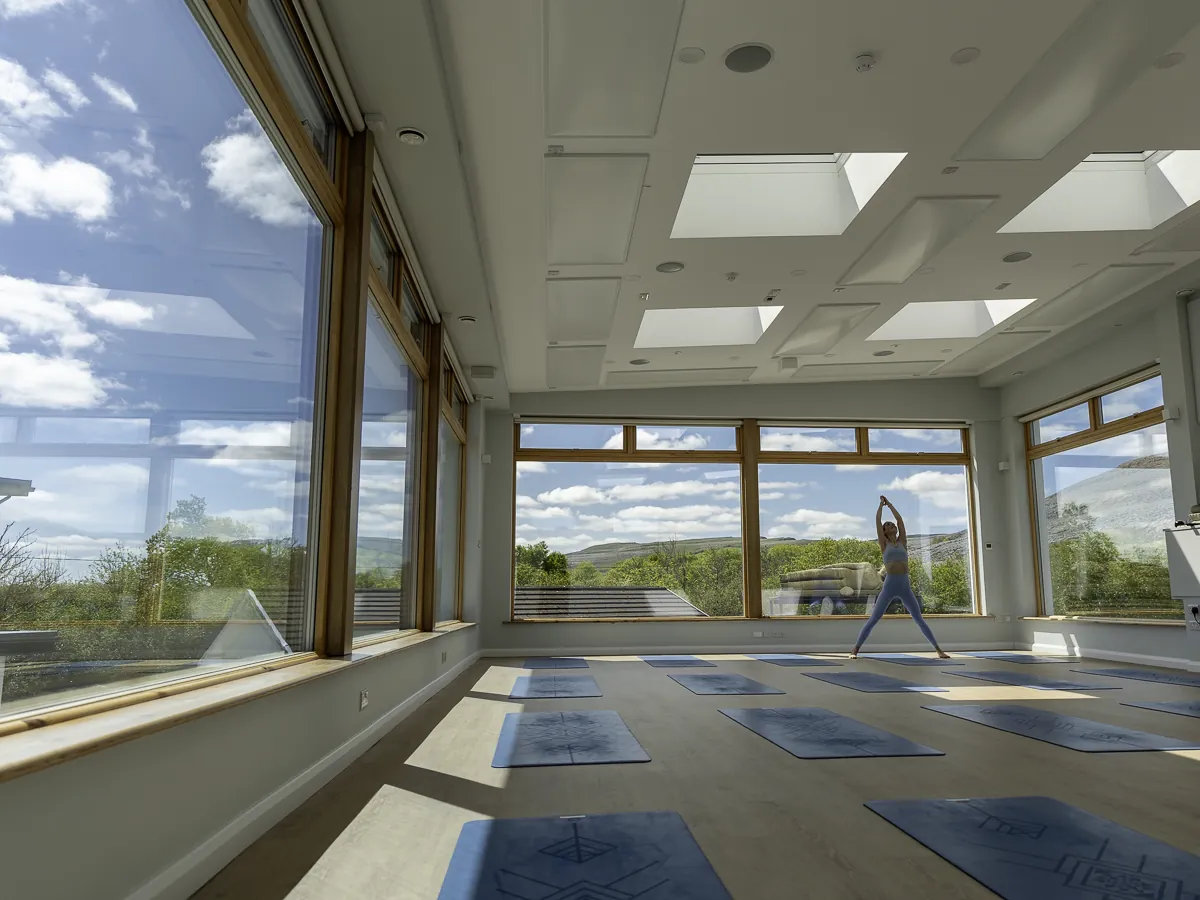
A good mat provides the support, comfort, and grip you need to feel secure and fully present in every pose.
This guide is here to help you choose the mat that is good for your personal practice.
Yoga mats come in many different types. The different types of yoga mats vary in their level of Stickiness, thickness, and shock absorption, type of material, size, weight colour and price.
It is worth considering these factors before you chose the best mat for your yoga practice. Your choice of yoga mat will probably be influenced greatly by the type of yoga you practice
Choosing the best yoga mat
First you should consider what type of yoga you wish to practice.
For restorative or Yin yoga, where you hold poses for longer periods and spend more time on the floor, cushioning is very important. A thicker mat—typically 6mm or more—will provide essential support and comfort for your joints, especially your knees, hips, and spine. This extra padding can make the difference between a comfortable, relaxing stretch and one that causes discomfort. While some denser mats can also offer great grip, for these gentler styles, comfort is the priority.
If you are going to practice very gentle yoga, and you are quite overweight, then you may like to consider a very padded mat, that will be comfortable if you are mainly practicing ‘lying down’ yoga postures or sitting postures rather than the stronger standing yoga Asanas.
These types of ‘padded yoga mats’ are often used by Satyananda yoga teachers or some Kundalini yoga teachers who have older beginner type classes. The mats usually consist of two parts. The inside of the mat is usually made of foam which is about 1 inch thick, and an outer removable cloth covering which can be taken off to be washed.
It is very difficult to find a place to buy these mats and most yoga teachers have theirs specially made for them. They buy a piece of 1 inch foam which is about 6 foot 6 inches long and about 2 foot 6 inches wide. They buy material which has a good grip such as strong velvet. And give it to a curtain maker to make a removable cover for the piece of foam. Velcro is the best way to seal the outer cover closed.
These mats can be great for older people who may be practising a lot of lying down postures, as the foam gives good comfortable support for the back and spine.
The disadvantage of these types of yoga mats is that they do not offer as much grip as a normal non-slip yoga mat.
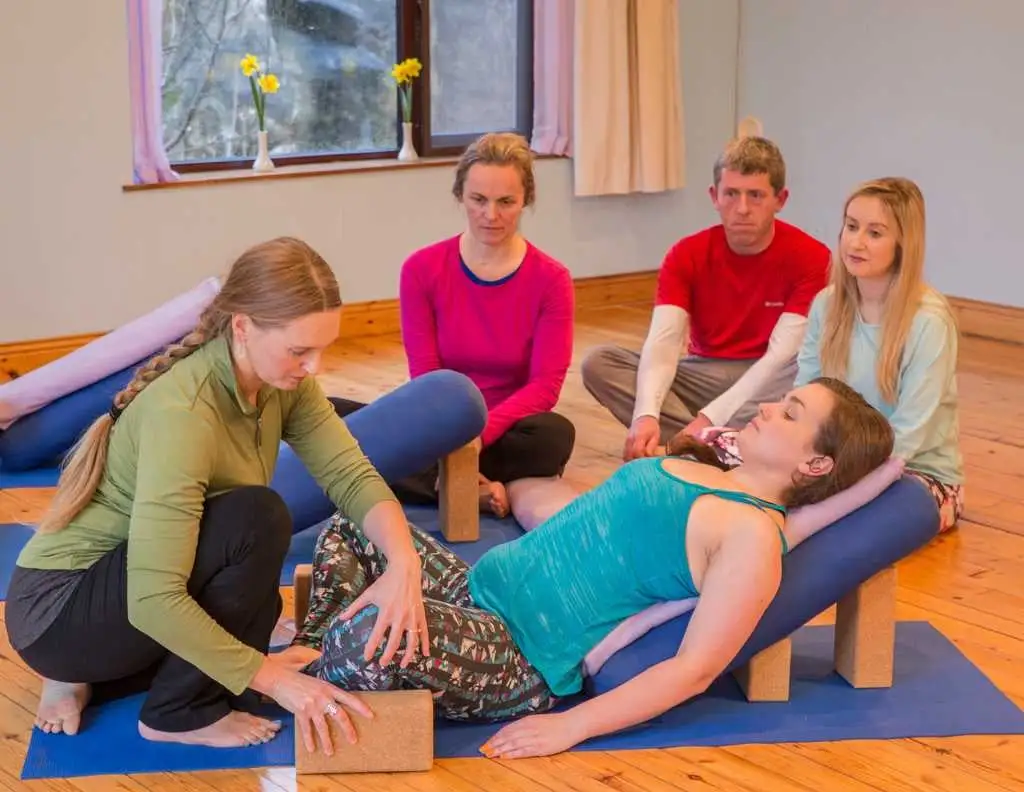
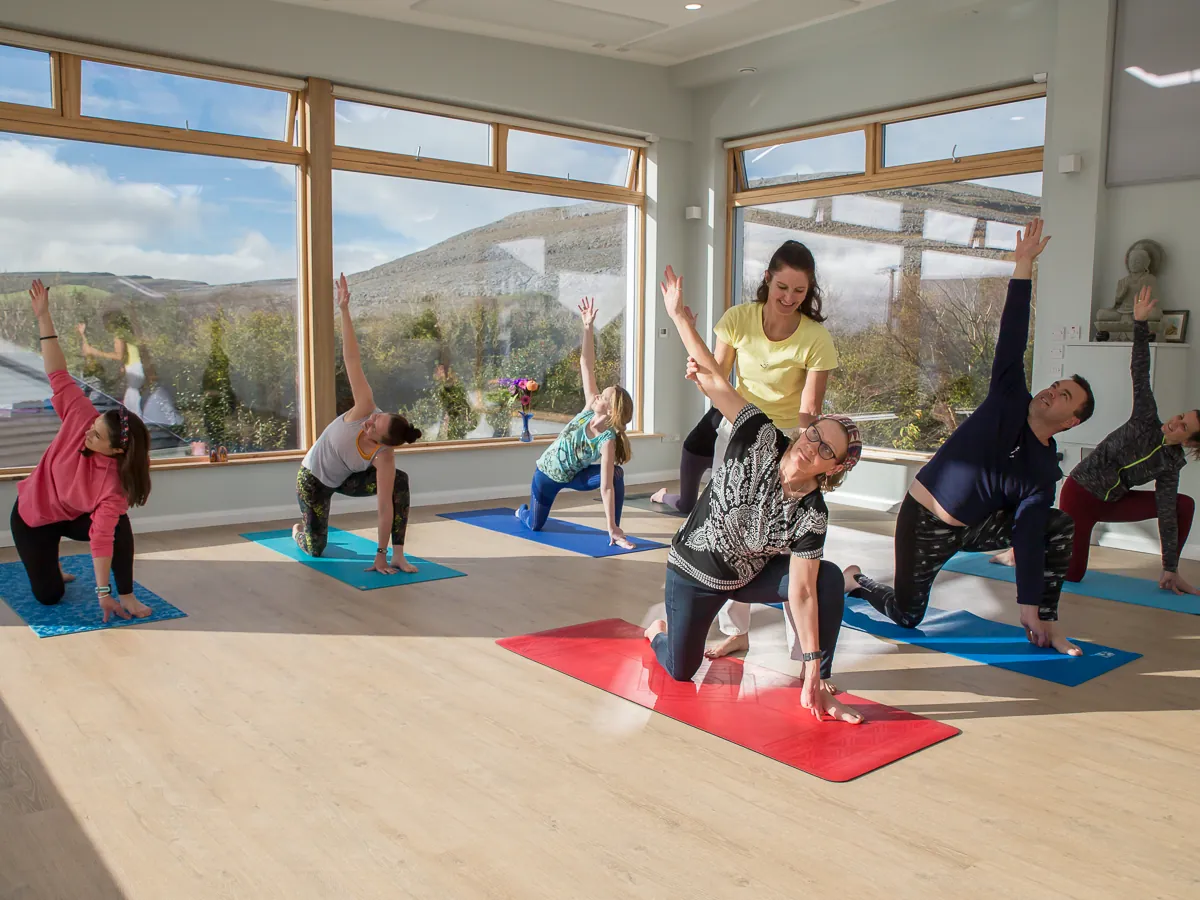
These are the usual type of yoga mats that one sees in most yoga classes or for sale on most yoga shop websites, sometimes called a sticky mat.
They offer good grip which is useful for standing postures and postures such as the downward dog where ones hands need very good grip.
It is very important that one’s hands get good grip and do not slip in these postures. By getting good grip, one is able to push back strongly and get correct alignment of the spine.
If ones hands start to slip, often one has to compensate and try to tense the fingers more to hold on, and often one does not get the correct extension of the spine resulting in a curved back.
If you’re drawn to more dynamic styles of yoga, such as Ashtanga or Vinyasa, a mat with exceptional grip is essential. These practices involve flowing movements and powerful poses where stability and good grip is very important.
So one of the most important factors in choosing a good yoga mat is that one gets good grip with the mat.
If one practices Ashtanga yoga or some other form of very strong energetic yoga, then one is likely to sweat a lot more than if one is practising a more gentle form of yoga such as Sivinanda yoga, or gentle hatha yoga.
Each person sweats to a greater or lesser degree to the next person. If you sweat a lot, then you should choose carefully the type of yoga mat you purchase.
If one sweats a lot, as the sweat falls on the yoga mat it tends to make the mat somewhat slippy, making it more difficult to get a grip. And the slippiness increases as the amount of sweat increases.
Some people who practice ashtanga seriously, (by which I mean their practice is over 60 minutes long) the amount they sweat increases during the time they practice, often use two mats.
They begin their practice using the usual sticky mat which is especially good for sun salutations and the downward dog.
As they begin to sweat more, they then cover the sticky mat with a canvas mat which gives more grip as it becomes wet with sweat.
Some people use non-slip towels which are placed over their non slip yoga mat. These towel type mats absorb the sweat and tend not to get slippy as one sweats more.
In recent years I have discovered an excellent mat that provides very good grip even when one’s hands sweat.
These are BodyNova mats and can be bought online. I have not teied all their types of mats, but I can highly recommend the Phoenix Mat .
I don’t get commission.
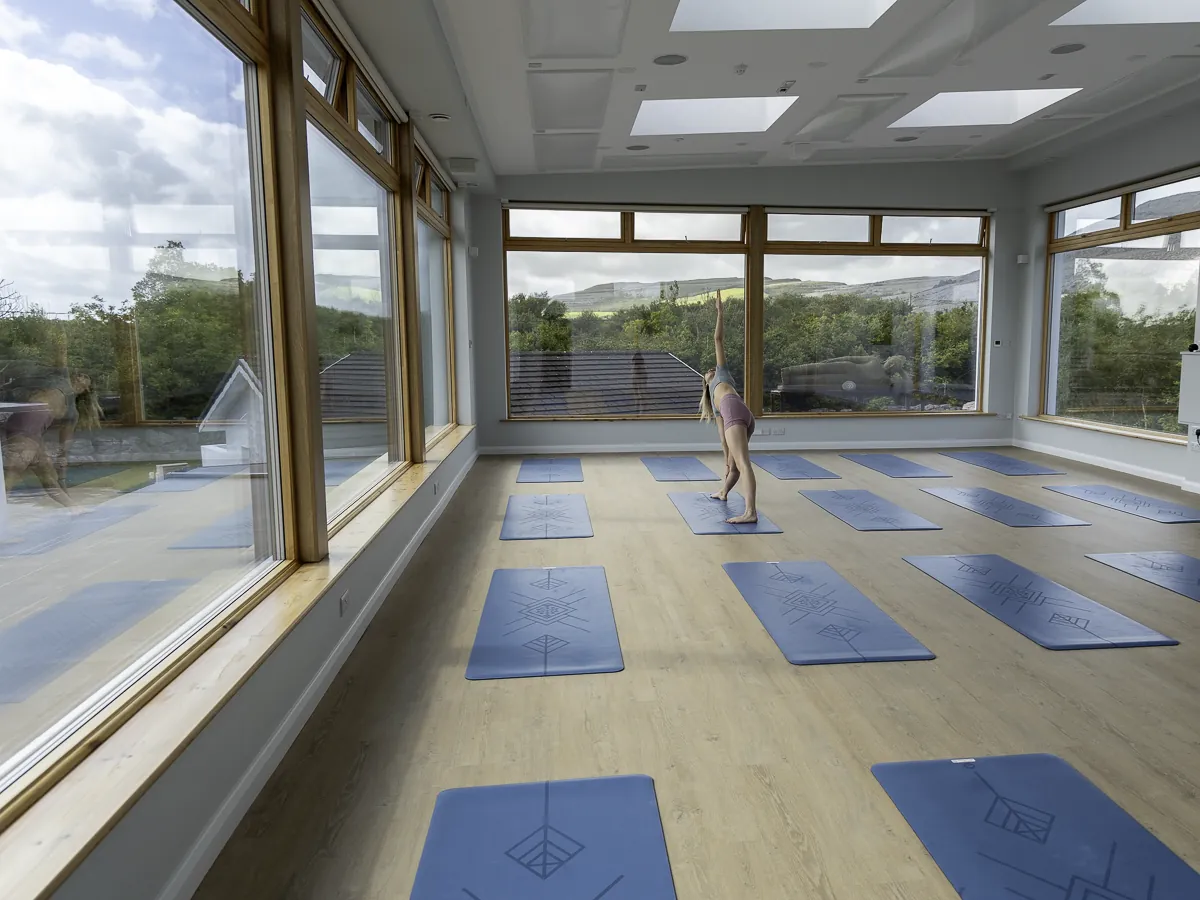
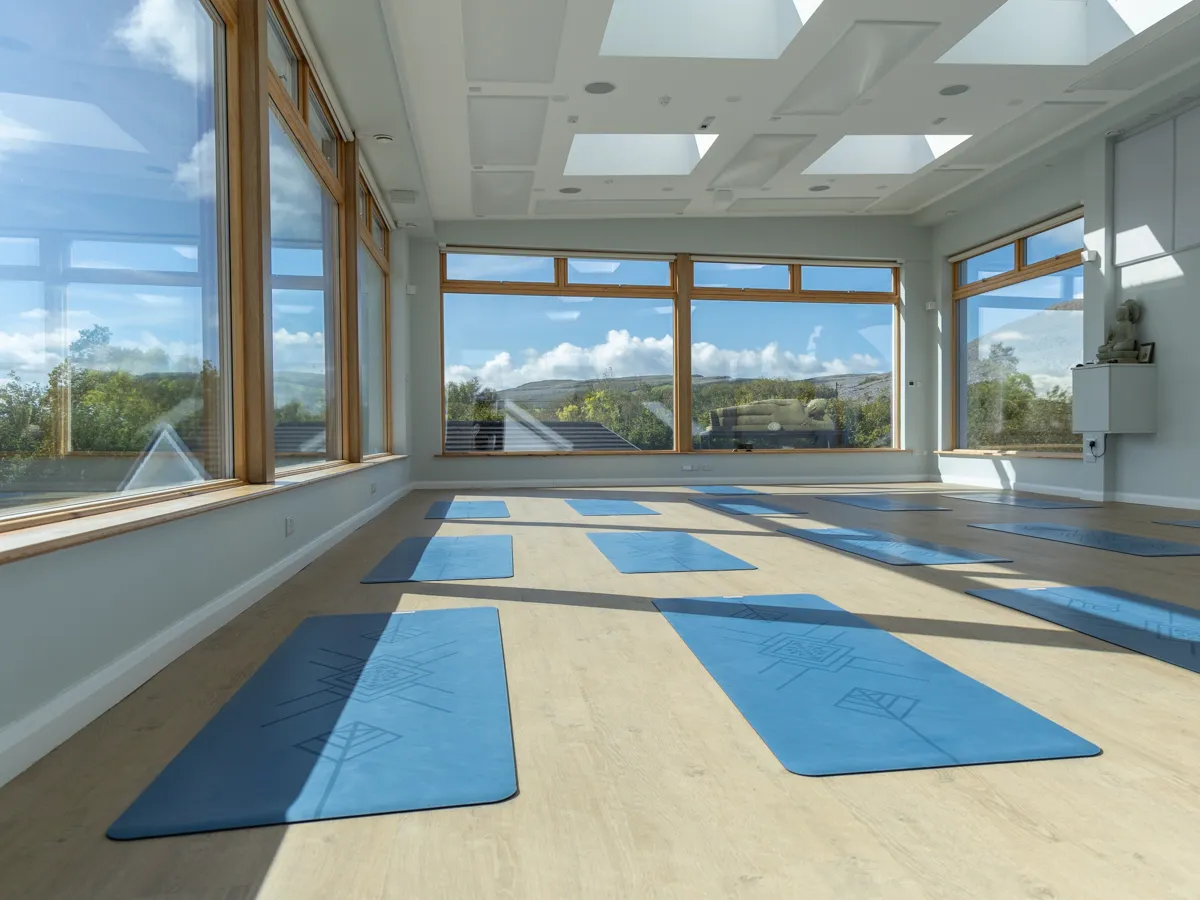
Some sticky mats, especially the newer more expensive Eco-Tex mats which are sold as environmentally friendly, can get slippy as one begins to sweat more.
Some people do not sweat much even when they practice strong ashtanga, so they may wonder what I am referring to.
However, if you are one of those unfortunate practitioners who find that your hands slip as you begin to sweat….. it may be worth considering trying a different yoga mat.
Please see myu recommendation in the previous section.
Most regular sticky mats are covered with a thin film when one buys it new. You won’t notice this unless you know what to look for.
The first thing to do with any new regular sticky yoga mat (not the rubber ones or some of the harder thicker mats or the BodyNova mats) is to wash it in the washing machine at about 40 degrees Celsius, with no washing powder.
And maybe wash it 2 or 3 times in a normal wash cycle.
Then dry the yoga mat by placing a bath towel beneath the yoga mat, and another one of top of the mat. Roll this sandwich up as tightly as possible to squeeze out the excess water. Then hang out to dry in a warm place for about 2 to 4 days.
And the more use you give your yoga mat, the more sticky it will become.
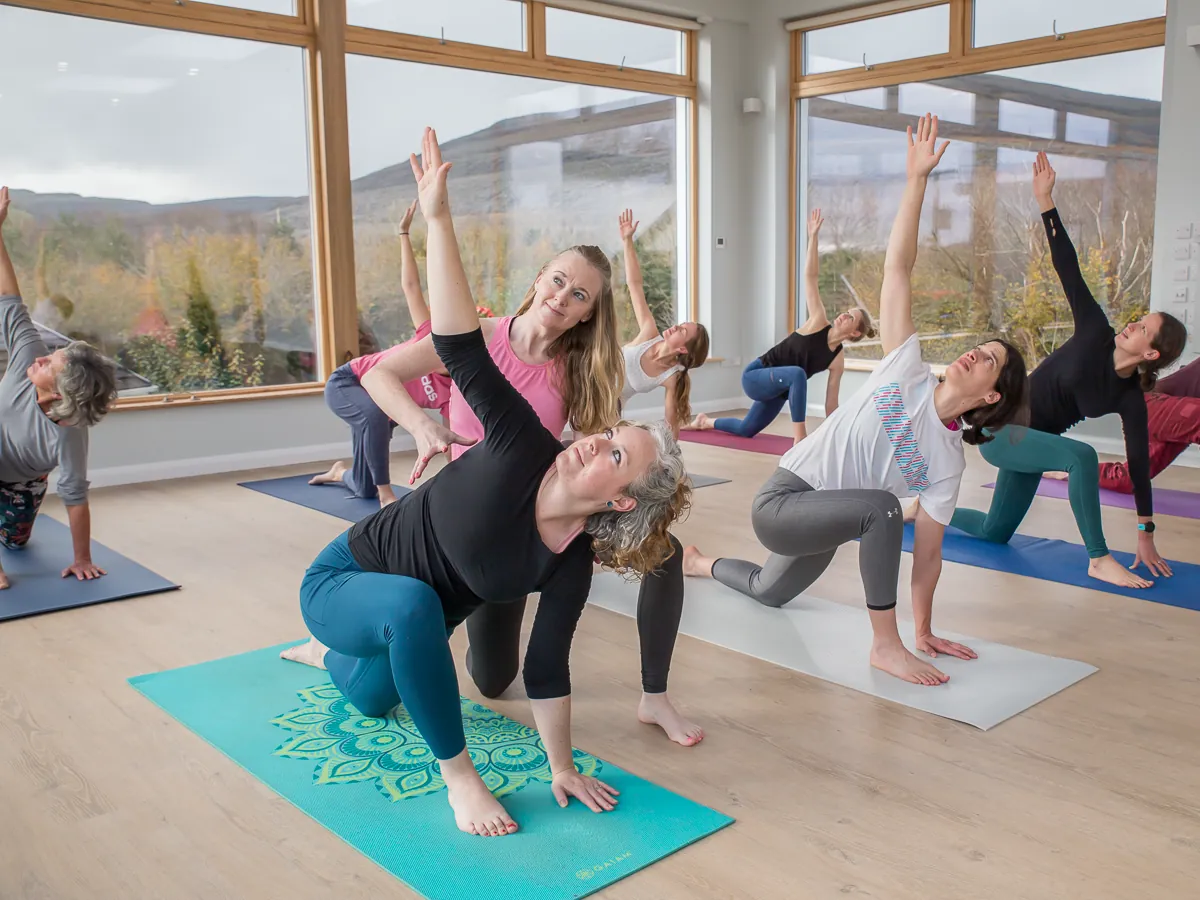

The best non-slip sticky mat I have found is the BodyNova Phoenix mat and you can find these online.
For the more regular sticky mats, if you live in the UK or in Europe you may wish to buy from the Yoga Shop UK at
YogaMatsAndMore.eu
Check out the ‘extra’ yoga mat which is very good quality and reasonable in price.
And no i don’t get any commission
The Burren Yoga Retreat provides quality yoga retreats all year round, on the west coast of Ireland.
You can try out our BodyNova mats, our regular sticky mats or our padded mats which we use for restorative yoga.
This award-winning yoga retreat was founded in 1999 by yoga teacher Dave Brocklebank.
If you are interested in experiencing the best of yoga teachers, enjoying amazing vegetarian food, and staying in the en-suite accommodation in our newly built luxury retreat centre and be shown around the Burren geopark and by the sea with an experienced guide… then maybe consider browsing our yoga retreats by clicking the button below.
